リズ・トーマスのハイキング・アズ・ア・ウーマン#32 / 2021年、アメリカでスルーハイキングはできるのか?
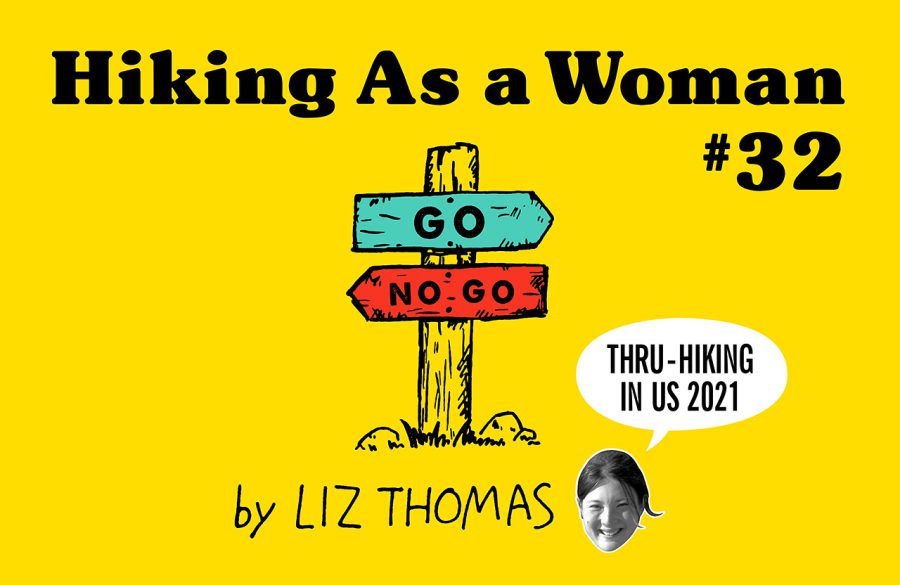
text:Liz Thomas photo:Liz Thomas, John Carr, Naomi Hudetz
Long Distance Hiking in Coronavirus
Earlier this spring, long distance trail organizations—the Appalachian Trail Conservancy, the Paciic Crest Trail Association, the Continental Divide Trail Coalition, and the American Long Distance Hiking Association-West—all recommend not thru-hiking due to the COVID-19 pandemic.
However, permits are available for the PCT and for all trails in the National Forest and National Park level. Given what scientists have learned about COVID-19’s spread, hiking outdoors is one of the safer activities that people can do during the pandemic. The US has also rapidly rolled-out vaccinations in the past few months and travel restrictions are getting lifted. But scientists warn that even fully vaccinated travelers are at risk for getting and spreading new COVID-19 variants. The situation is confusing for thru-hikers. Is it a good idea to thru-hike abroad in 2021?
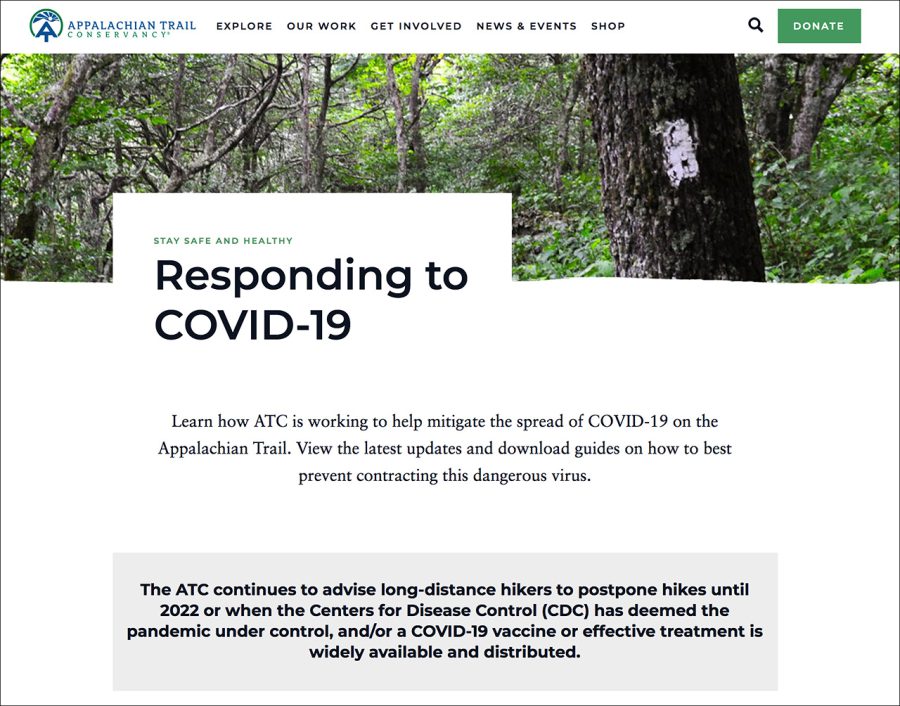
Vaccination Before Thru-hiking
Although the US had the highest numbers of Covid-19 infections and deaths in the world, in the past few months, it surprisingly has a very effective vaccination program. Vaccines will be available to everyone by April 19th. This is already opening the path to more people traveling and thru-hiking safely.
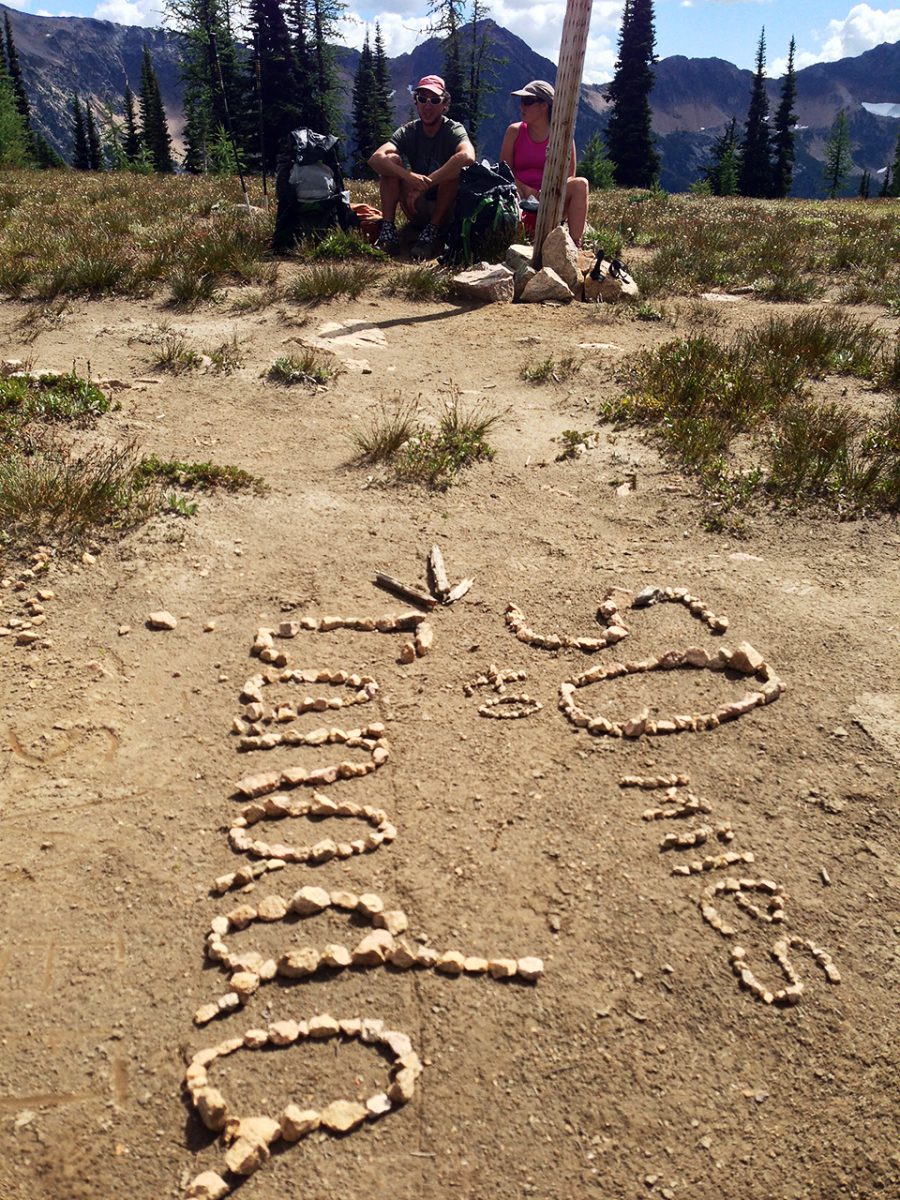
2021 may be a good year to south bound the longest trails. Photo by John Carr
I know several fully-vaccinated hikers who have already started thru-hiking this year. Other thru-hikers are opting to wait until June to start long trails. By then, everyone who wants to be vaccinated can be vaccinated. We will have a better idea of the vaccines’ effectiveness against virulent strains. By waiting until June, hikers may not be able to northbound the longest trails or they will have to section hike or choose shorter trails like the Arizona Trail or Colorado Trail. Southbounding trails may be a popular option this year. Still, 2021 does not look to be as difficult of a year for thru-hiking as 2020.
Tips for International Travelers
As for thru-hikers coming from abroad, my recommendation is to get vaccinated before starting your hike. The most recent guidelines indicate that fully vaccinated people are much less likely to get sick and spread the virus. The most recent data shows that vaccinated people also have less risk of spreading virus mutations. Here are the recommendations for international travel for fully vaccinated people.
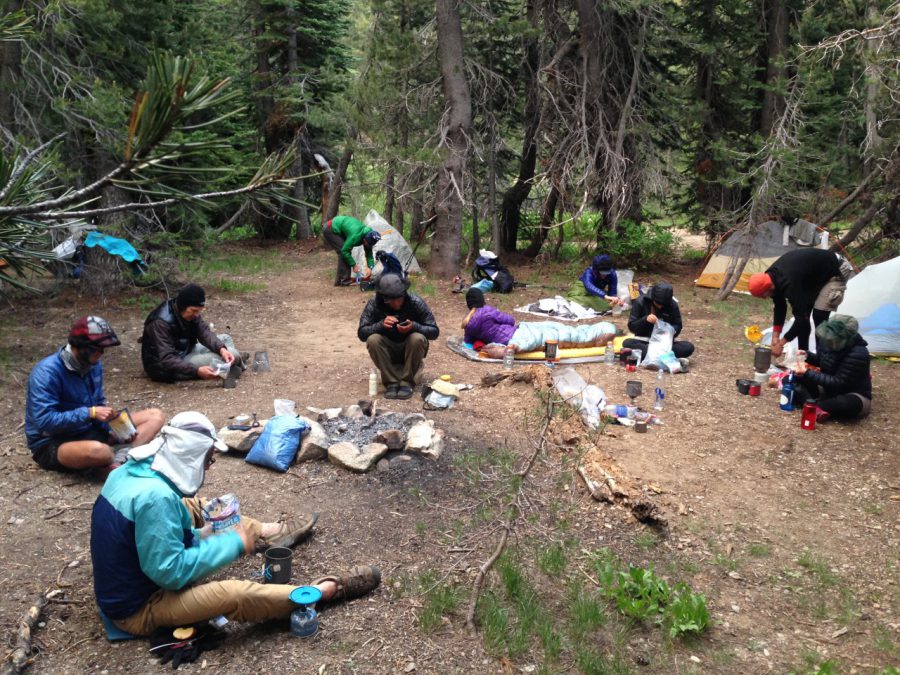
Trail organizations advise against camping in big groups with other hikers to better socially distance. Photo by John Carr
The process itself of traveling internationally could expose you to mutations, so you should still get tested 3 to 5 days after your flight and do a short quarantine. Don’t start hiking the trail until you get a negative result. However, if you are fully vaccinated, you do not need to self-quarantine for the full 10 days required of travelers who have not been vaccinated.
Quarantine before hiking
For almost a year, states from California to New Mexico have required visitors from other states or countries to quarantine for 10 to 14 days before interacting with others. Thru-hikers coming from other countries should plan extra funds and time into their trip to allow for quarantine in a hotel, Air BnB, or short-term rental before they start their hike. This may impact your request for a visa to hike as you may need to request for more time in the U.S.
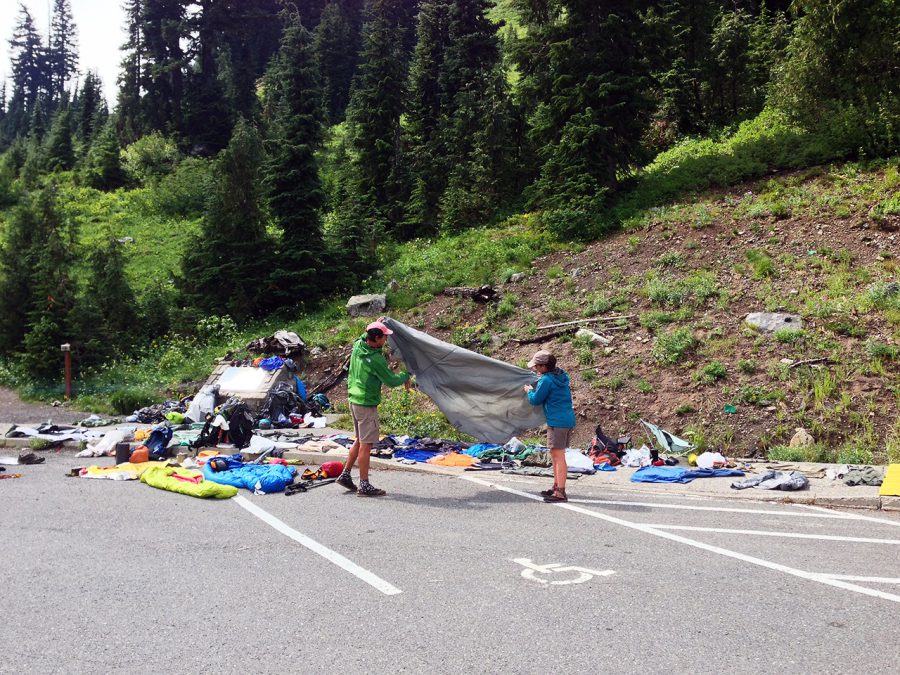
It’s common for hikers to dry gear at trailheads. However, this year, they will have to keep their distance from one another. Photo by John Carr
Luckily, many international hikers find it beneficial to have ample time in the US before their thru-hike to do some planning. With the ease of online shopping and speed of door-to-door delivery (and mail pick-up), 10 days of quarantine could be an ideal way to get together gear and hiking food that is normally expensive to ship abroad. This is a good time to review maps, assemble any resupply boxes, and organize and gather gear. You can even arrange for the postal service or courier to pick up any resupply boxes that need to be mailed.
For hikers who start the trail without a vaccine, save enough funds for 2-weeks worth of quarantine and any anticipated medical bills associated with Covid-19. Health care in the US is quite expensive compared to other countries, so make sure whatever traveler’s insurance you purchase covers Covid-19 related costs.
Tips for all 2021 Thru-hikers
As thru-hikers know, one thing that makes thru-hiking different than day hiking or even most types of backpacking is that it often requires more interaction with other humans. Thru-hikers must go into towns to resupply or take zero days. All of these interactions could contribute to the spread of COVID-19. As a result, all hikers who choose to walk long trails in 2021–regardless of whether you have been vaccinated or not–will need three things:
■ To be more self-sufficient than in most thru-hiking years.
■ To reserve a bigger budget to hike and plan for more time to complete a thru-hike to account for time spent in quarantine or if you were to get sick.
■ To do more planning and research and have back-up plans for when services and trail angels are unavailable.
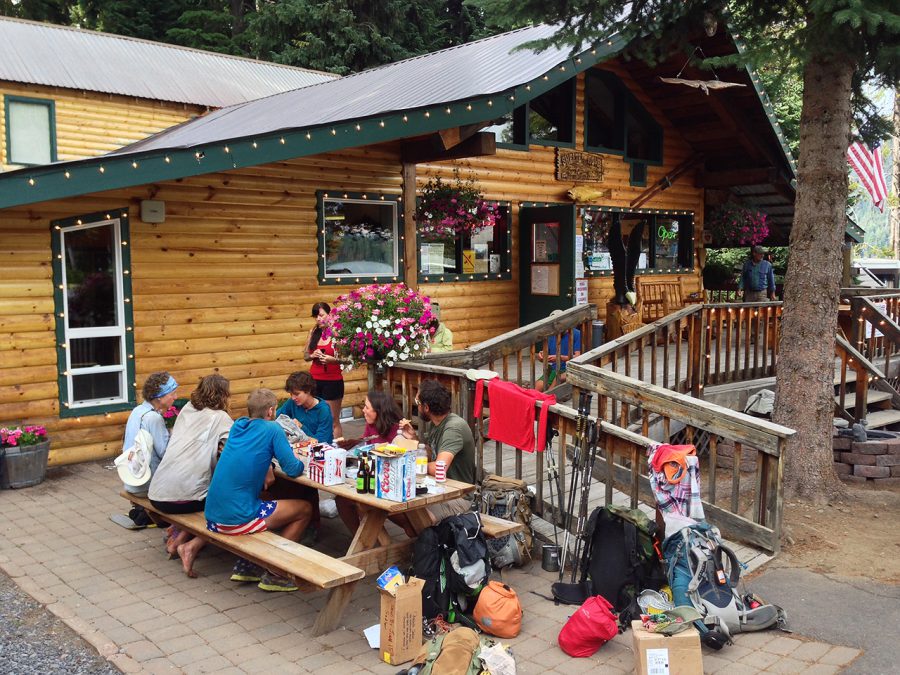
2021 thru-hikers will have to plan a way to resupply and take zero days away from other people. Photo by John Carr
One complication of the pandemic that impacts hikers whether they are vaccinated or not: many trail angels are not supporting thru-hikers this year. For example, the famous trail angels Barney and Sandy Mann have opened their home to thousands of thru-hikers for almost 20 years. They would pick hikers up at the airport, provide dinner and a free place to stay the night, and then give them a ride to the southern PCT terminus. Now, hikers must find their own way from the airport to the terminus. Again, this requires extra funds and extra self-sufficiency.
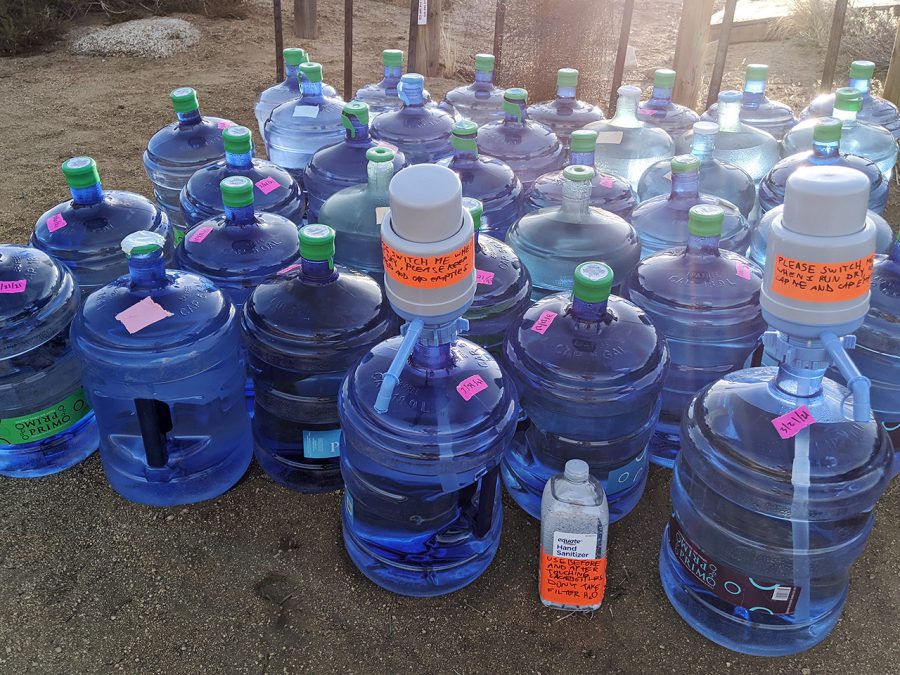
Some trail angels are still caching water in 2021, but are also including tubs of hand sanitizer and asking hikers to use it before and after touching the water cache. photo by Liz Thomas
Additionally, many campgrounds, shuttle buses, hiker hostels, and grocery stores may be closed in 2021. In fact, more than 200 shelters and their privies along the Appalachian Trail are closed. Privies at shelters are not currently maintained, meaning they could be overflowing.
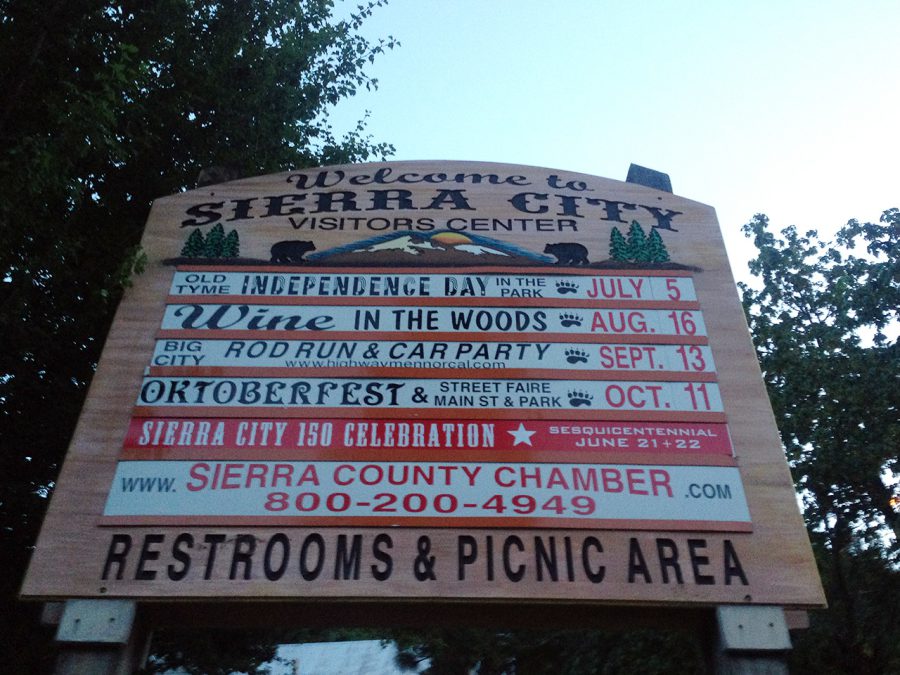
Many small businesses were forced to close forever after the pandemic hurt the economy. Photo by John Carr
The pandemic economy hurt trail town businesses and some are closed forever. Guidebooks may not reflect the most up-to-date information on what grocery stores or gear stores are still open. All 2021 thru-hikers should do a lot more research than usual. Have plans and then have back-up plans for how to get to trailheads, where to camp overnight, where to get food and water, and any overnight stays.
All 2021 thru-hikers should be familiar with the Recreate Responsibly guidelines, which are the ethics of the outdoors during Covid-19. Hikers should at minimum plan to carry masks, hand sanitizer, and plan to wash hands often–even if they are vaccinated. As usual, don’t share food, cooking utensils, water bottles, or lip balm with other hikers. Don’t shake hands with other hikers, either. Although hiker crowds are possible at water sources and campgrounds, 2021 is a year where that level of socialization is risky.
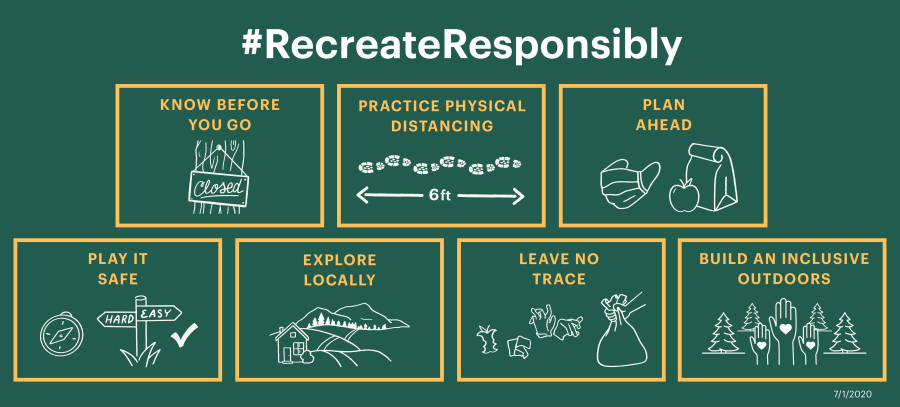
One thing international travelers should keep in mind is that not everyone in the US wants to get vaccinated. Although the US may increasingly be getting herd immunity towards the virus, it’s possible that thru-hikers will interact with locals who will refuse to take the vaccine. If you come to the US without a vaccination, you should plan to be extra vigilant as there is no way to tell who has or has not been vaccinated in the US.
As for me, I plan to hike on the PCT as soon as I am vaccinated. Although I am dreaming of hiking in Europe, I don’t think I will travel there, even after I am vaccinated. The prevalence of virulent strains in Europe make it inadvisable for me to go there, as I may get sick and/or spread the strain. Additionally, I would need to get around by public transportation and many European hikes require sleeping in shared huts. Both situations would expose me to crowds.
For 2021, hiking the wide open space of a trail in the US seems like a much safer plan.
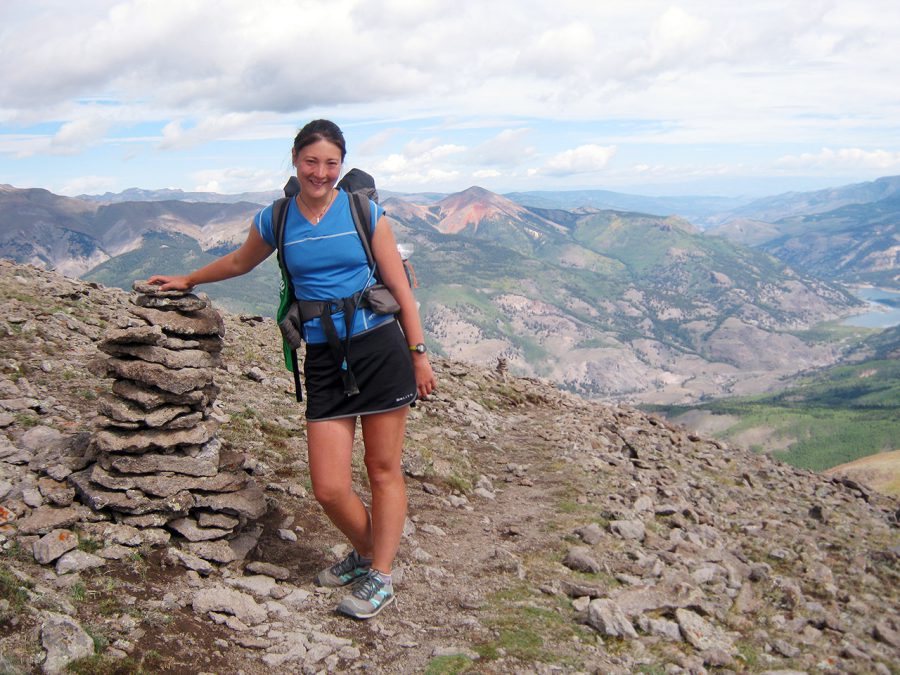
2021 may be a good year to thru-hike shorter trails later in the summer. The Colorado Trail is a good option. photo by Liz Thomas
Related Articles
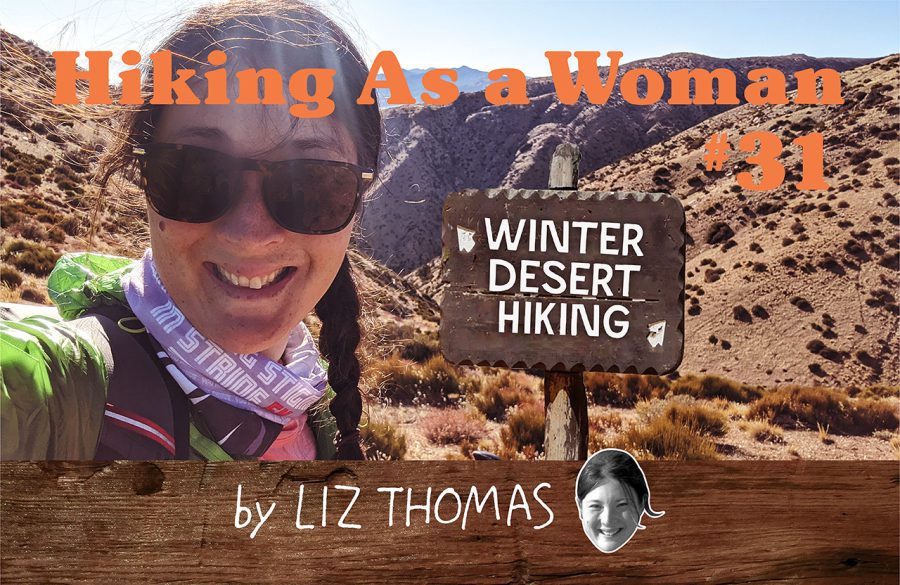
リズ・トーマスのハイキング・アズ・ア・ウーマン#31 / 冬のPCTセクションハイキング
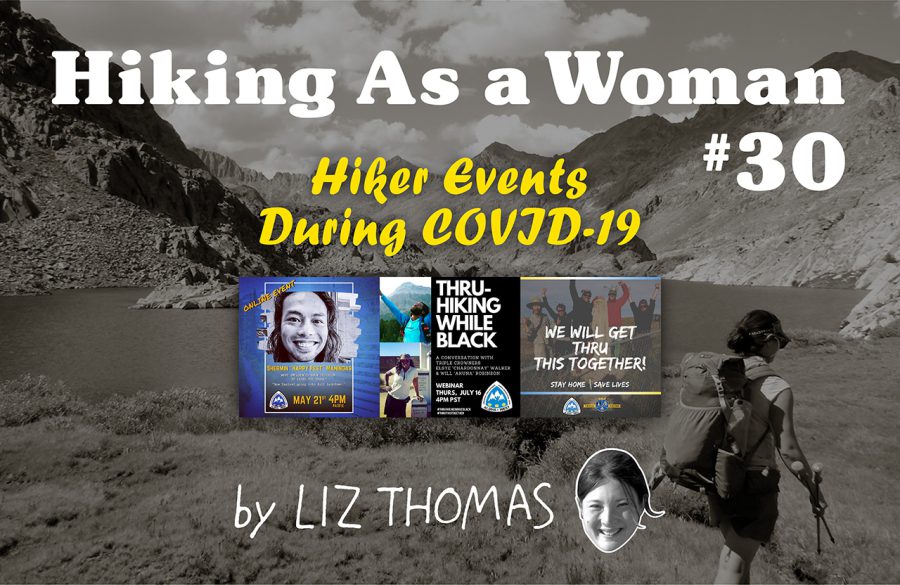
リズ・トーマスのハイキング・アズ・ア・ウーマン#30 / コロナ期に北米ではどのようにハイカーイベントが開催されているか
- « 前へ
- 2 / 2
- 次へ »
TAGS:


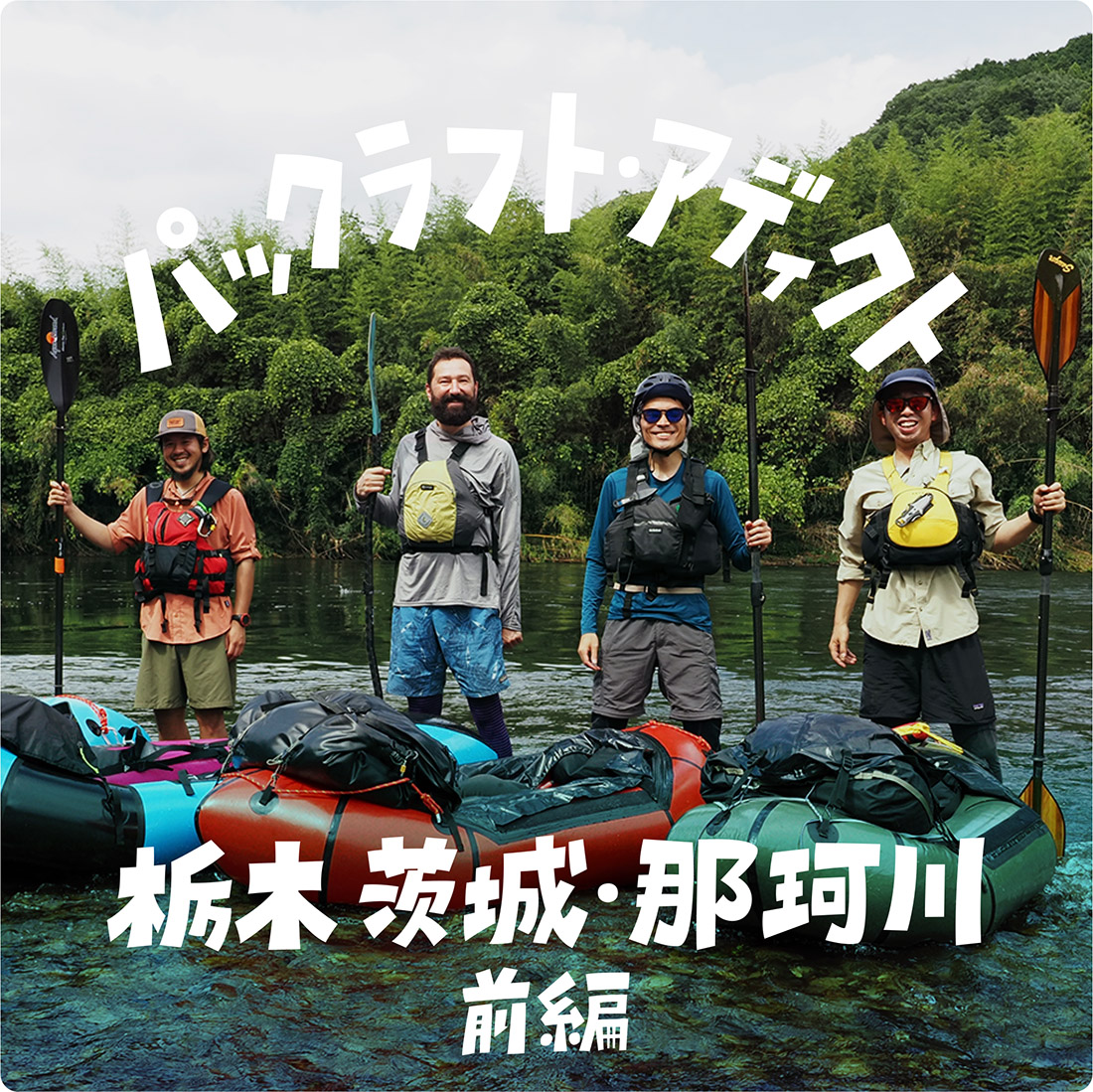
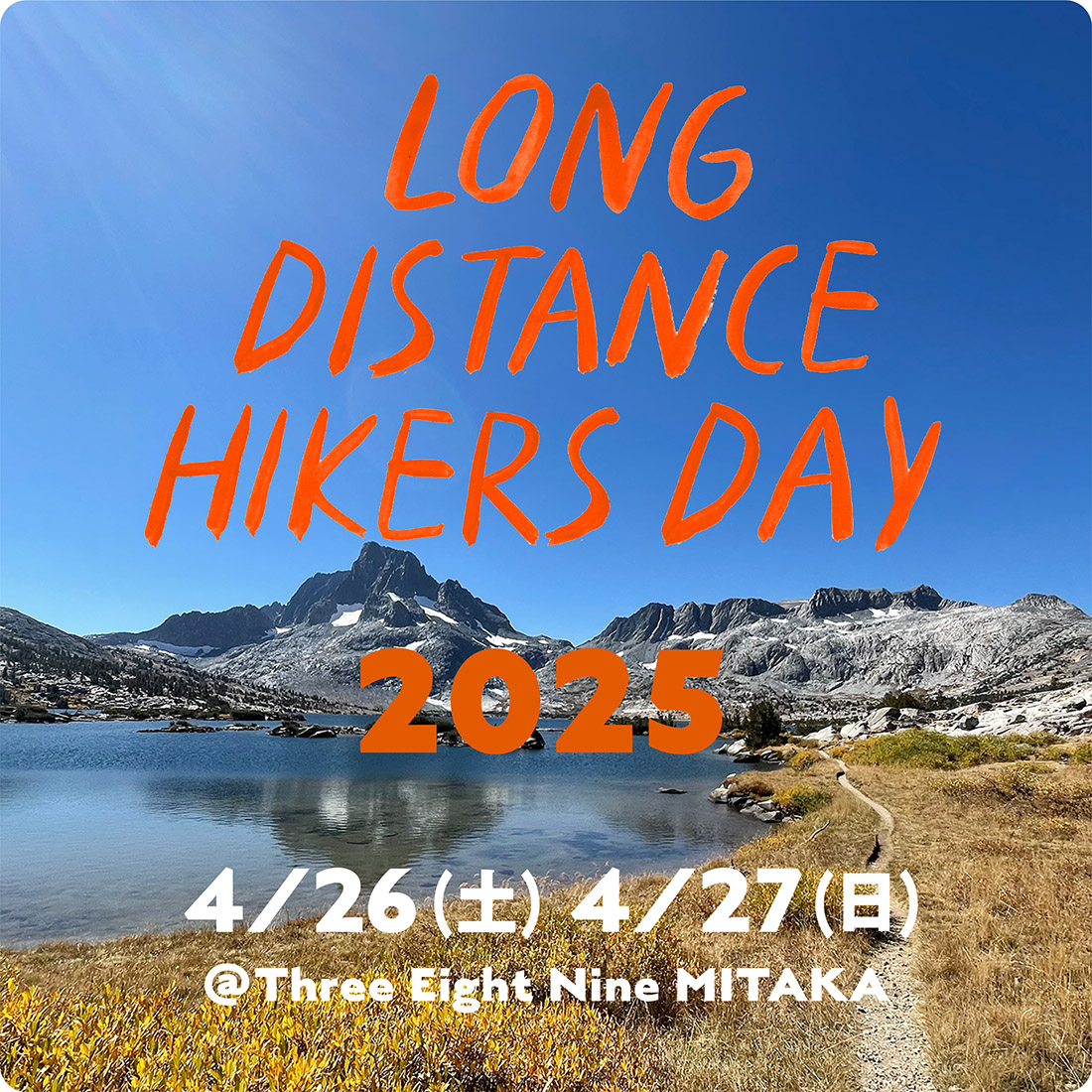










 ULギアを自作するための生地、プラパーツ、ジッパー…
ULギアを自作するための生地、プラパーツ、ジッパー…  ZimmerBuilt | TailWater P…
ZimmerBuilt | TailWater P…  ZimmerBuilt | PocketWater…
ZimmerBuilt | PocketWater…  ZimmerBuilt | DeadDrift P…
ZimmerBuilt | DeadDrift P…  ZimmerBuilt | Arrowood Ch…
ZimmerBuilt | Arrowood Ch…  ZimmerBuilt | SplitShot C…
ZimmerBuilt | SplitShot C…  ZimmerBuilt | Darter Pack…
ZimmerBuilt | Darter Pack…  ZimmerBuilt | QuickDraw (…
ZimmerBuilt | QuickDraw (…  ZimmerBuilt | Micro Pack …
ZimmerBuilt | Micro Pack … 














